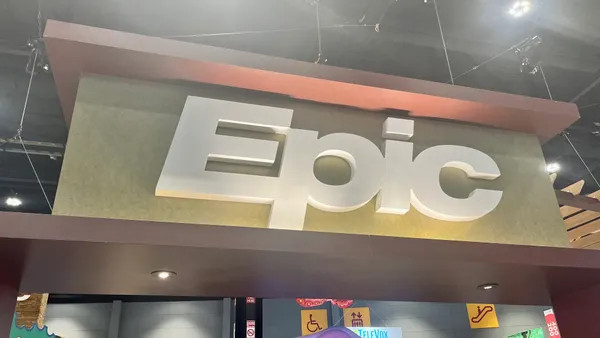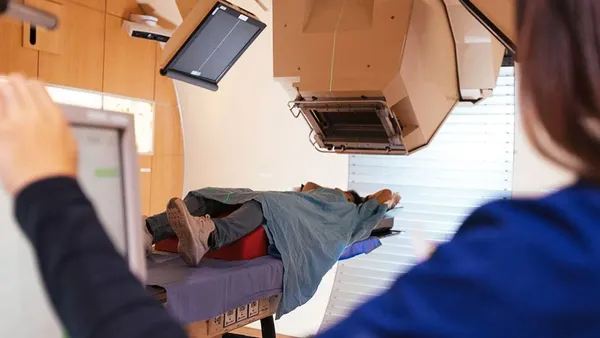Your members are sicker than your risk scores reflect. Not because diagnoses don't exist—they're buried under unstructured data across fragmented systems. Every missed Hierarchical Condition Category (HCC) is revenue left unclaimed. Every unsupported code is an invitation to compliance risk.
Medicare Adjustment (MA) plans have accepted this reality for decades: choose between thorough chart review and meeting deadlines, between accuracy and affordability. RAAPID's Retrospective Risk Adjustment Solution eliminates these false choices entirely.
The Hidden Revenue in Your Charts
Studies show MA plans miss 15-20% of legitimate HCCs during initial coding. These aren't rare or complex conditions—they're documented diagnoses that are often lost in provider notes, specialty consults, and discharge summaries.
Traditional retrospective review promises to find them but delivers compromise. Manual review achieves thoroughness but takes 30-40 minutes per chart. NLP-assisted coding works faster, but with an accuracy of 20-30% (over 12 to 18 months), creating more work than it eliminates. Both force you to choose: a comprehensive review of some charts or a superficial review of all charts.
Meanwhile, organizations that have modernized their retrospective programs are capturing codes you're missing, submitting clean data while you're still reviewing, and maintaining margins while costs escalate.
RAAPID’s Retrospective Risk Adjustment Solution - Creating Your Single Source of Truth
It’s not simply an incremental improvement of the old process - it modernizes and replaces it. Our Retrospective Novel Clinical AI platform, powered by Neuro-Symbolic AI, reasons through clinical documentation like your best coders, understanding context and evaluating evidence. But unlike human reviewers, it processes entire member populations in the time it takes to review dozens of charts manually.
The transformation is immediate:
- Day One: 92%+ out of the box accuracy
- Processing Time: Under 8 minutes per complete chart
- ROI: Delivering 10:1 Guaranteed ROI
- Final Accuracy: 98% with expert review
This isn't about working faster—it's about working differently.
Finding Adds, Deleting Unsupported Codes
Revenue integrity means capturing every legitimate HCC and removing every unsupported code. Most solutions excel at one or the other. True retrospective excellence requires both.
The RAAPID solution identifies unclaimed revenue by reasoning through documentation other systems miss. That specialist note mentioning controlled diabetes? Captured. The discharge summary notes Congestive Heart Failure? Identified. The office visit documenting major depression? Found and coded.
Simultaneously, the solution validates existing code against source documentation. No supporting evidence? Deleted before submission. Questionable documentation? Flagged for human review. Every submitted code has clear MEAT-based evidence trails.
Your risk scores become accurate reflections of member acuity—not approximations based on partial data.
60-80% Productivity Gains Change Everything
When coding teams describe their experience with our solution, they don't talk about working harder—they describe working smarter.
Charts previously requiring 30-40 minutes to review are processed in under 8 minutes. Coders who previously spent days on routine cases now focus on complex scenarios that require clinical expertise. Teams that previously relied on seasonal contractors now handle peak volumes with permanent staff.
The productivity gain isn't from rushing—it's from eliminating unnecessary manual chart review, and rework by 80% of code from inferior automation.
Your certified coders become clinical consultants, not error-correctors. They engage providers on documentation improvement, not spreadsheet management. They ensure coding excellence, not volume processing.
40% Cost Reduction Through Architectural Change
Traditional cost reduction involves making choices about what to sacrifice. The RAAPID approach means choosing what to automate.
When retrospective review achieves 92%+ accuracy immediately, you eliminate the second-pass review cycle entirely. One pass. Done. No rework loops, no quality sampling, no repeated corrections. When charts are processed automatically at 98% final accuracy, your team focuses only on the 30% that genuinely benefit from clinical expertise. When permanent teams handle peak season without overtime, you're not paying for contractor armies.
The savings compound: reduced labor costs, eliminated rework, decreased technology redundancy, and prevented compliance penalties. CFOs see predictable margins. Coding directors see sustainable operations. Members see accurate risk profiles, ensuring appropriate care management.
The Mathematics Have Changed
The trilemma (cost, speed, and accuracy) existed because technology couldn't match human reasoning. Traditional Natural Language Process (NLP) could match patterns, but couldn't understand context. Humans could understand context, but couldn't scale.
Neuro-Symbolic AI breaks this constraint by reasoning at scale. It evaluates clinical documentation with expert-level judgment at computational speed. The impossible becomes standard.
Making the Transition
MA plans experiencing our solution follow a consistent pattern. What takes six months in evaluation—comparing vendors, building consensus, securing budget. Once decided, transformation accelerates dramatically.
Six weeks for proof of concept. Not months of pilots. Six weeks validating that 92%+ day-one accuracy is real, that 8-minute processing works with your charts, and that 98% final accuracy is achievable.
Then the extraordinary part: four weeks of processing 150,000-200,000 charts in full production.
Consider that progression. Six months deliberating. Six weeks of validating. Four weeks transforming your entire retrospective program. While competitors evaluate vendors through December, you're already processing Q1 volumes.
No disruption. No downtime. Just results at scale and speed that redefine what's possible.
This sponsored content was produced by RAAPID. Industry Dive's editorial team was not involved in its creation.










